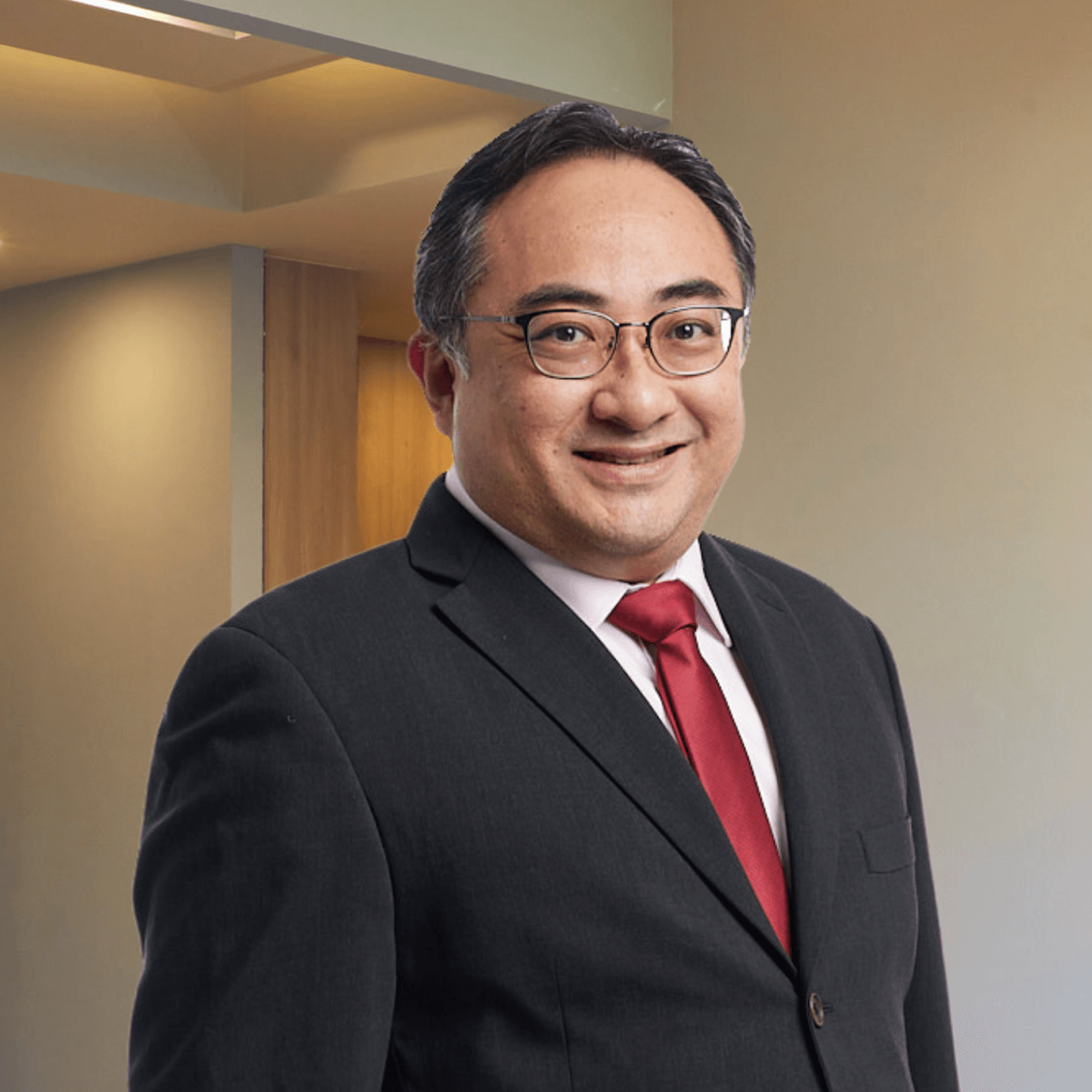Potential Risks
Surgical removal of a meningioma, while often necessary for the treatment of the tumour, carries some potential risks and complications.
- Bleeding: As with any surgical procedure, there is a risk of bleeding during or after meningioma excision.
- Infection: There is a risk of infection, though prophylactic antibiotics are often used to reduce this risk.
- Swelling: Brain swelling can occur post-surgery, potentially affecting brain function. Medications to reduce swelling are commonly administered.
- Neurological Deficits: Depending on the tumour’s location, surgery can result in temporary or permanent changes in sensation, movement, vision, or other neurological functions.
- Seizures: Patients may experience seizures after surgery, which can usually be managed with medication.
- Vascular Injury: Injury to blood vessels in the brain during surgery can lead to stroke or other serious outcomes.


